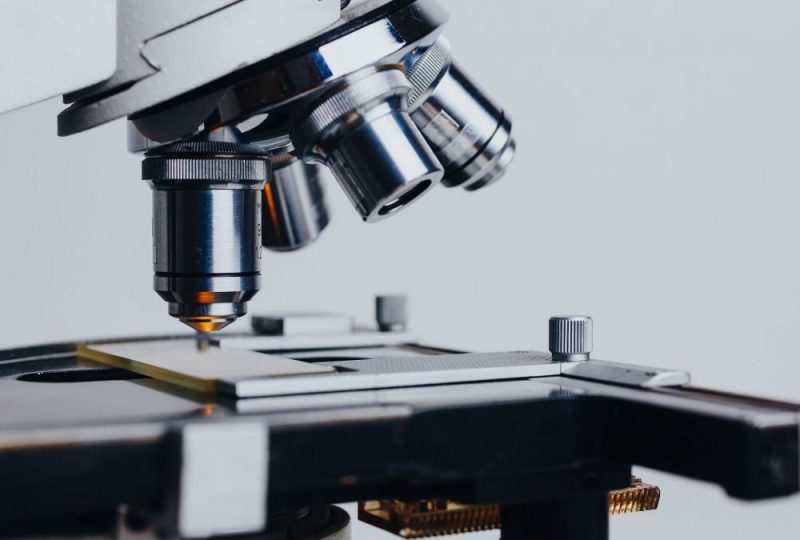Biotech research and development: a vision of the future is needed
22 May 2018 | Written by La redazione

According to the 2018 public assembly of Assobiotec, the National Association for the Development of Biotechnology, there are conflicting data on the health of this sector, which is growing strongly but, at the same time, it’s influenced by the lack of planning and investments.
“The future is already here. Are we ready for it?“. That is the question posed by the 2018 public assembly of Assobiotec, the National Association for the Development of Biotechnologies, which took place in Rome on May 16th. If, on the one hand, there was an important growth in the sector, on the other hand the data presented during the event confirmed that Italy risks being curbed, if not cut off, by biotechnological innovation.
Applications of biotechnology: why are they important?
“What we are experiencing today, thanks to the modern biotechnology innovations, is a real revolution. In the world of medicine, agriculture, environment and industry we are getting closer and closer to achieving goals that were totally unimaginable until recently and new, unexplored scenarios are opening up “. This is the opening of the relationship of the president of the association Riccardo Palmisano, which underlined how the biotechnologies have entered in a fundamental way in the daily life of all of us. Just think of their use in the agri-food sector, industrial biotechnologies, engineering and IT applications and the crucial role they play in tackling environmental challenges. But the sector that is experiencing a real revolution thanks to biotechnologies is that of health, with concrete and innovative applications in medicine and pharmacology: “In recent years – continues Palmisano – therapies that can restore sight have been made available, as well as treatments that guarantee a new perspective of life for “bubble children” and “butterfly babies”, and treatments that allow us to intervene on the improvement of the bone marrow transplantation in patients suffering from severe leukemia, lymphoma and myeloma. And we can’t forget the whole new line of immunotherapeutic approaches that are proving to be an extraordinary weapon in the fight against tumors, confirming the transformative power of new biotechnological therapies”. Finally, great opportunities come from research in the genetic field, where the “molecular scissors” of Crispr-cas9 are making it possible to cut DNA sequences with extreme precision and insert, remove or replace portions of these sequences, with applications in the plant field and perspectives almost endless and still partly indecipherable with the humans.
Biotechnology in Italy: the numbers are growing
The new report on biotech companies in Italy, realized thanks to the collaboration between Assobiotec and ENEA, the National Agency for New Technologies, Energy and Economic Development, offers an update on the biotech industry in our country in 2017. This sector has over 13,000 employees and 571 companies, with a turnover of over 11.5 billion euros and an increase of 12% between 2014 and 2016. The Region that boasts the largest number of biotechnological companies is Lombardy, followed by Lazio, Emilia-Romagna, Piedmont and Veneto. The biotech companies are looking for a high projection on foreign markets, with 38% of exporting companies in 2015, 7 times more as a whole. A relevant number, which testifies the value of the made in Italy in this sector, particularly strategic for the economic sustainability and competitiveness of the most advanced countries.
Poor investments in research and development: we lack a vision of the future
Despite the growing numbers, Italy risks being excluded from the next steps of biotechnological innovation. The European Union estimates that every euro invested in the bioeconomy will generate an added value of 10 euros over the next ten years. In Italy, however, it does not seem that these data have significant value. The country, in fact, according to the report by Assobiotec, is lagging behind in Europe by all the parameters related to investment in research and development of the country system and the industrial sector, so that self-financing was the main form of support for the biotech companies that have decided to innovate: in 2016 almost three quarters of them, 72%, were financed autonomously to support research and development.
This is not enough, though, to support the challenges facing the biotechnology sector in the near future: “We think that it is necessary to learn to look at the change taking place from a new perspective, – said Palmisano – abandoning some of the logics used up to now. Also making courageous choices to allow national biotech innovation to really act as an impulse and accelerator of the country’s growth, sharing between research centers, institutions and companies not only a language, but above all a common and shared action plan. Only in this way will we be able to overcome this challenge for the good of the sector but also for the whole country “.
The countries that grow the most are those in which we look to the future, through investments in research and development. If Italy, if it does not want to remain excluded from the ongoing change process, must believe in innovation and its excellence, especially in strategic sectors such as biotechnologies.
The future is already here, but the data tell us that, at the moment, we are not ready to welcome it.





